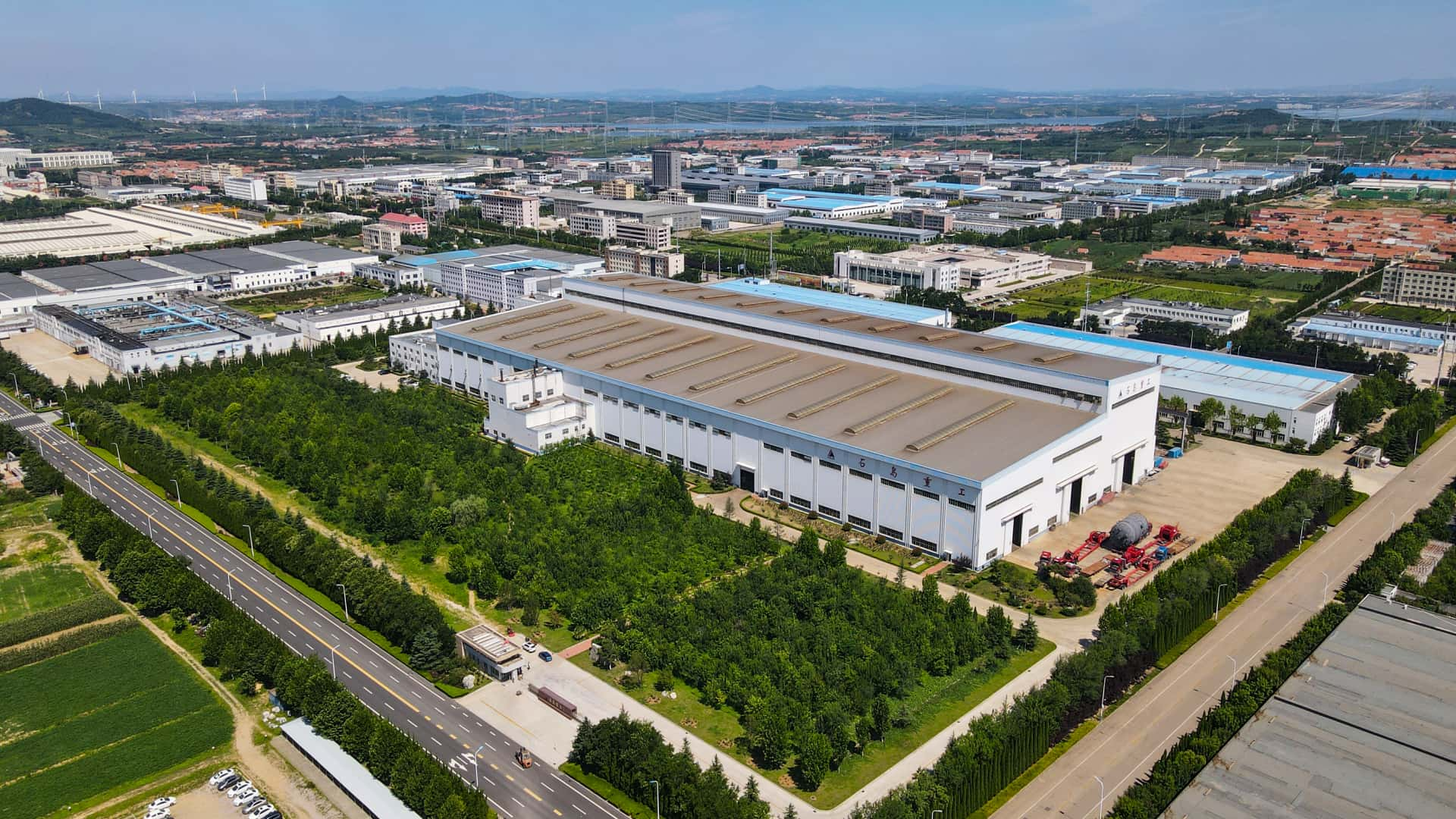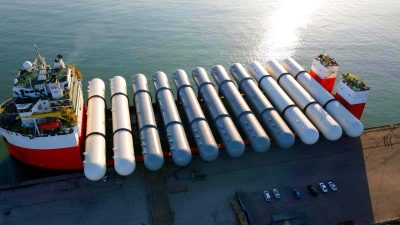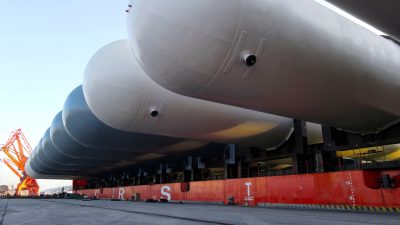Send Email
Call / WhatsApp Anytime
Send Email
Call / WhatsApp Anytime

Call / WhatsApp Anytime
Liquefied Petroleum Gas (LPG), a highly flammable and pressurized hydrocarbon mixture primarily composed of propane and butane, is a vital fuel in residential, commercial, and industrial sectors worldwide. Due to its volatility, compressibility, and storage requirements under pressure, LPG infrastructure relies heavily on specialized pressure vessels engineered to the highest standards of safety, reliability, and durability.
From bulk storage tanks and transportation bullets to vaporizers, accumulators, separators, and buffer tanks, pressure vessels form the backbone of the LPG value chain—enabling secure containment, smooth flow, phase transitions, and emergency response capabilities. This article explores the full spectrum of pressure vessel applications in the LPG industry, including design requirements, material selection, operational challenges, and regulatory frameworks.
Here are selected project cases demonstrating our capability in delivering pressure vessels for complex petrochemical units.


| Client | Equipment Name | Spec | Weight / Material |
|---|---|---|---|
| BENTO PEDROSO CONSTRUÇÕES, S.A. (Brazil) | LPG Bullet Tanks | ID8000 × L72000 mm Quantity: 17 Units | SA537 Class 2 |
LPG is typically stored as a liquid under moderate pressure at ambient temperature. To prevent vaporization and maintain fuel density, cylindrical or spherical storage pressure vessels are deployed in a wide range of capacities—from small 1-ton tanks to giant 500 m³ bullets.
Above-Ground Horizontal Cylinders (Bullets)
Underground LPG Storage Tanks
Spherical LPG Vessels (Horton Spheres)
Mobile Skid-Mounted Storage Units
These vessels must comply with standards such as ASME Section VIII Div.1, EN 12542, or ISO 4706, and be rated for working pressures typically in the 15–25 bar range. They are fitted with:
Pressure relief valves
Liquid level indicators
Safety shut-off devices
Cathodic protection systems (for underground tanks)
Transporting LPG requires vessels with excellent shock resistance, fatigue strength, and thermal stability. Whether via tank trucks, ISO containers, railcars, or marine tankers, these vessels are regulated under ADR, IMDG, or DOT 49 CFR frameworks.
Multi-layer shell construction (carbon steel with corrosion-resistant inner coating)
Baffle plates to reduce liquid surge
Fire-safe valves and emergency shut-off systems
Insulation for heat-sensitive transit environments
Lifting lugs and anchorage systems for mobile platforms
Transportation vessels are generally built to ASME, TPED (Europe), or ISO 11120 codes depending on the operating region.
In LPG terminals and gas plants, various process vessels manage phase transitions (liquid ↔ vapor) and maintain flow regulation throughout the handling system.
Separators / Knockout Drums: Remove moisture and impurities before bottling
Surge Tanks / Buffer Vessels: Prevent system shock and ensure continuous flow
LPG Vaporizers: Convert LPG from liquid to vapor for downstream burners
Condensate Recovery Vessels: Capture usable hydrocarbons from vent gases
Accumulator Tanks: Manage pressure fluctuations and vapor returns
These vessels must be accurately sized to match system capacity, prevent cavitation, and ensure safe startup/shutdown transitions. Material selections often include carbon steel with epoxy linings, 316L stainless steel, or PTFE-lined interiors depending on media purity and corrosivity.
Given LPG’s flammability, pressure vessels must be designed for intrinsic safety and leak prevention. Key safety mechanisms include:
Redundant Pressure Relief Valves (spring-loaded or pilot-operated)
Flame Arrestors & Vent Systems for confined applications
Gas Detection Sensors & Emergency Shutdown Valves (ESD)
Overfill Protection Systems with automated level controls
Thermal Insulation or Fireproofing (PFP) Coatings for fire scenarios
Instrumentation must meet ATEX/IECEx Zone 1 or Zone 2 certifications, especially in LPG bottling and storage environments.
Most LPG pressure vessels are constructed using carbon steel (e.g., Q345R, SA-516 Gr.70) due to its strength and cost-effectiveness. However, depending on location and environmental exposure, additional layers are often applied:
| Material / Coating | Purpose |
|---|---|
| Epoxy / Polyurethane Coating | External corrosion protection in humid zones |
| Internal PTFE Lining | For ultra-clean applications or odor control |
| Galvanized Steel Wraps | Optional for coastal exposure protection |
| 316L Stainless Steel | Used in valves, flanges, or food-grade systems |
LPG pressure vessels are among the most tightly regulated in the world. Designs must conform to local and international codes, including:
ASME Boiler & Pressure Vessel Code (BPVC) Section VIII
EN 13445 (Europe) / PED (CE Marking)
ADR/TPED for transport tanks
API 2510 for LPG installations
ISO 4706, 11120 for cylinders and mobile containers
GB150 / TSG R0004 (China)
NFPA 58 (USA LPG Code)
Documentation often includes:
3.1 material certificates
Welding procedure qualification records (WPS/PQR)
NDE records (RT, UT, MT, PT)
Hydrostatic test reports
FAT, SAT, and third-party inspection summaries
The LPG industry demands zero-failure performance under extreme conditions, and pressure vessels are central to achieving that standard. Whether storing, transporting, or processing LPG, pressure vessels must combine precise engineering, robust materials, and stringent safety protocols to ensure environmental compliance, human safety, and operational uptime.
As global LPG usage expands across residential energy, automotive fuel, and off-grid power solutions, the need for custom, compliant, and highly reliable pressure vessel systems continues to rise.
Looking for LPG-grade pressure vessels engineered to meet your region’s standards and your project’s demands?
Let’s engineer safety, performance, and compliance—together.
Why Choose Us?
Certified Safety, Reliable Quality, Custom-Engineered Pressure Vessels.
